Content Menu
● Understanding Polyester as a Swimwear Fabric
● Benefits of Polyester Swimsuits
>> Durability
>> Quick-Drying Properties
>> Chlorine Resistance
>> Color Retention
>> Shape Retention
>> Affordability
>> Versatility in Design
● Potential Drawbacks of Polyester Swimsuits
>> Breathability Concerns
>> Environmental Considerations
>> Odor Retention
>> Skin Sensitivity
>> Heat Retention
● Caring for Polyester Swimsuits
● Comparing Polyester to Other Swimwear Fabrics
● Polyester in Competitive Swimming
● Innovations in Polyester Swimwear
● Conclusion: Are Polyester Swimsuits Good?
● FAQ
Discover the untold truth about polyester swimsuits - Are they the ultimate swimwear choice or just another fashion faux pas?
Swimwear is an essential part of our beach and pool experiences, and the material it's made from plays a crucial role in comfort, performance, and durability. Among the various fabrics used in swimwear, polyester has gained significant popularity. But are polyester swimsuits truly good? Let's dive deep into the world of polyester swimwear to explore its benefits, drawbacks, and overall suitability for swimming.
Understanding Polyester as a Swimwear Fabric
Polyester is a synthetic fabric made from petroleum-based products. It's known for its durability, resistance to wrinkles, and quick-drying properties. These characteristics make it an attractive option for swimwear manufacturers and consumers alike. To better understand why polyester is widely used in swimsuits, let's examine its key properties and how they benefit swimmers.
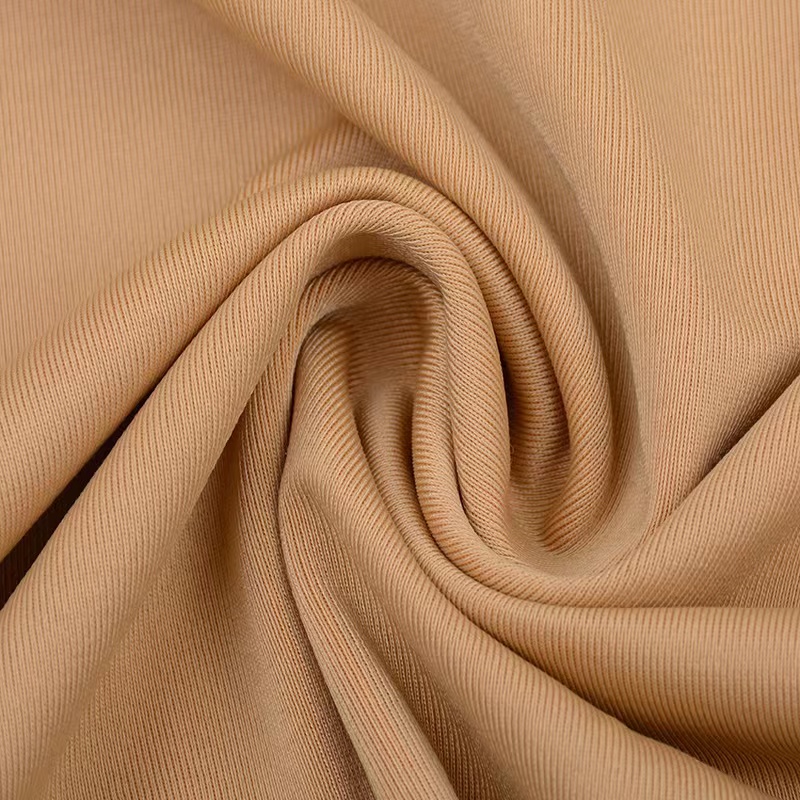
Benefits of Polyester Swimsuits
Durability
One of the most significant advantages of polyester swimsuits is their exceptional durability. Polyester fibers are strong and resistant to wear and tear, making these swimsuits ideal for frequent swimmers and those who engage in water sports. Unlike some natural fibers, polyester can withstand repeated exposure to chlorine, saltwater, and sunlight without breaking down quickly. This means your polyester swimsuit is likely to maintain its shape and color for a longer time, even with regular use.
Quick-Drying Properties
Polyester's ability to dry quickly is another major benefit for swimmers. The fabric doesn't absorb much water, which means it dries faster than many other materials. This quick-drying nature is particularly advantageous when you need to change quickly after swimming or when you're traveling and need to pack a damp swimsuit. It also helps prevent the growth of mildew and bacteria, which can occur in damp fabrics left in gym bags or suitcases.
Chlorine Resistance
For those who frequently swim in pools, chlorine resistance is a crucial factor to consider. Polyester swimsuits excel in this area, as the fabric is highly resistant to the damaging effects of chlorine. This resistance helps maintain the swimsuit's color vibrancy and structural integrity, even after numerous exposures to chlorinated water. Competitive swimmers and regular pool-goers can particularly appreciate this feature, as it extends the life of their swimwear.
Color Retention
Polyester has excellent color retention properties. The dyes used in polyester swimsuits tend to bond well with the fabric, resulting in vibrant colors that resist fading. This means your brightly colored or patterned polyester swimsuit is more likely to maintain its original appearance over time, even when exposed to sun, salt, and chlorine. For fashion-conscious swimmers who want their swimwear to look great season after season, this is a significant advantage.
Shape Retention
Another notable benefit of polyester swimsuits is their ability to retain shape. The fabric has good elasticity and recovery properties, which means it can stretch to accommodate movement and then return to its original shape. This is particularly important for competitive swimmers who need their swimwear to maintain a streamlined fit. It's also beneficial for casual swimmers who want their swimsuits to look good and fit well, even after extended wear.
Affordability
Compared to some high-end swimwear materials, polyester is generally more affordable. This makes it an attractive option for consumers who want quality swimwear without breaking the bank. The cost-effectiveness of polyester, combined with its durability, means that these swimsuits often offer good value for money.
Versatility in Design
Polyester's properties make it a versatile fabric for swimwear design. It can be woven or knitted into various textures and can easily incorporate patterns and prints. This versatility allows for a wide range of styles, from sleek competitive swimsuits to fashionable beachwear. Designers can create everything from simple, solid-colored suits to complex, eye-catching patterns, catering to diverse consumer preferences.
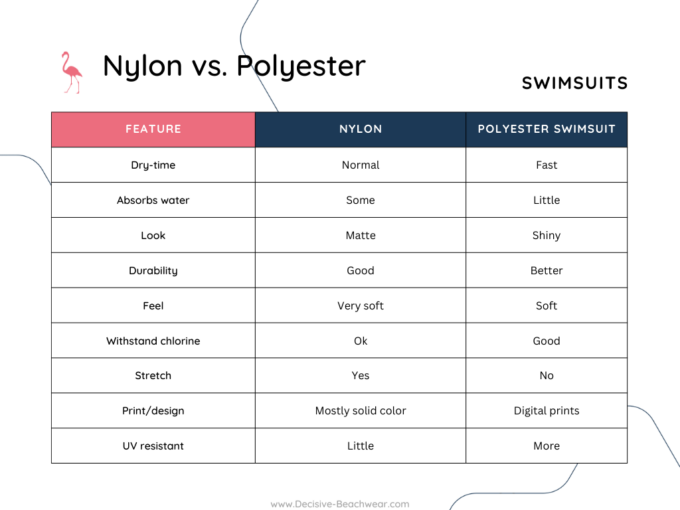
Potential Drawbacks of Polyester Swimsuits
While polyester swimsuits offer numerous benefits, it's important to consider some potential drawbacks to make an informed decision.
Breathability Concerns
One of the main criticisms of polyester swimwear is its lack of breathability. Unlike natural fibers such as cotton, polyester doesn't allow air to circulate as freely. This can sometimes lead to a feeling of stuffiness or discomfort, especially when worn for extended periods out of the water. Some swimmers may find that polyester swimsuits feel less comfortable in hot weather or during long beach days.
Environmental Considerations
As a synthetic, petroleum-based fabric, polyester raises environmental concerns. The production of polyester involves energy-intensive processes and the use of non-renewable resources. Additionally, polyester garments, including swimsuits, can release microplastics when washed, contributing to water pollution. While efforts are being made to develop more eco-friendly polyester options, this remains a consideration for environmentally conscious consumers.
Odor Retention
Polyester can sometimes retain odors more than natural fibers. This is because the synthetic fibers can trap bacteria that cause odors. While this issue can often be mitigated with proper care and washing, it's something to be aware of, especially for those who swim frequently or in chlorinated pools.
Skin Sensitivity
Some individuals with sensitive skin may find polyester less comfortable against their skin compared to natural fibers. The synthetic nature of the fabric can sometimes cause irritation or allergic reactions in people with particularly sensitive skin. This is not a common issue but is worth considering if you have known skin sensitivities.
Heat Retention
While polyester's quick-drying properties are generally an advantage, the fabric can sometimes retain heat more than natural fibers. This might not be noticeable in the water but could be a factor when wearing the swimsuit out of the water on hot days.
Caring for Polyester Swimsuits
To maximize the benefits and longevity of polyester swimsuits, proper care is essential. Here are some tips for maintaining your polyester swimwear:
1. Rinse thoroughly after each use, especially after exposure to chlorine or saltwater.
2. Hand wash in cool water with a mild detergent designed for delicate fabrics.
3. Avoid wringing or twisting the swimsuit; instead, gently squeeze out excess water.
4. Air dry away from direct sunlight to prevent color fading.
5. Avoid using fabric softeners, which can break down the fabric's elasticity.
6. Store in a cool, dry place to prevent mildew growth.

Comparing Polyester to Other Swimwear Fabrics
To fully appreciate the qualities of polyester swimsuits, it's helpful to compare them to other common swimwear materials:
1. Nylon: Like polyester, nylon is a synthetic fabric often used in swimwear. It's known for its softness and flexibility. Nylon swimsuits tend to be more form-fitting and may offer a sleeker look. However, they can be less durable than polyester when exposed to chlorine and may not retain their shape as well over time.
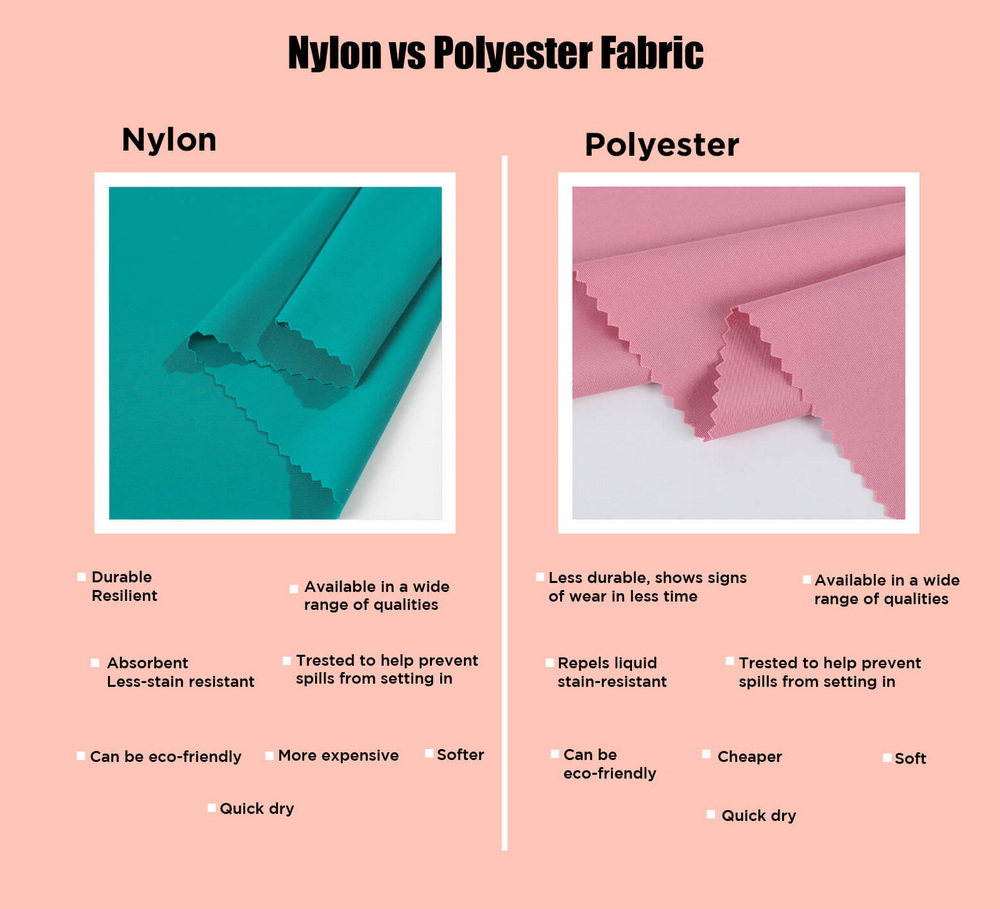
2. Spandex/Lycra: Often blended with other fabrics, spandex provides excellent stretch and recovery. It's frequently combined with polyester to enhance flexibility and fit in swimwear. Pure spandex swimsuits are less common due to their lack of durability when exposed to chlorine and sunlight.
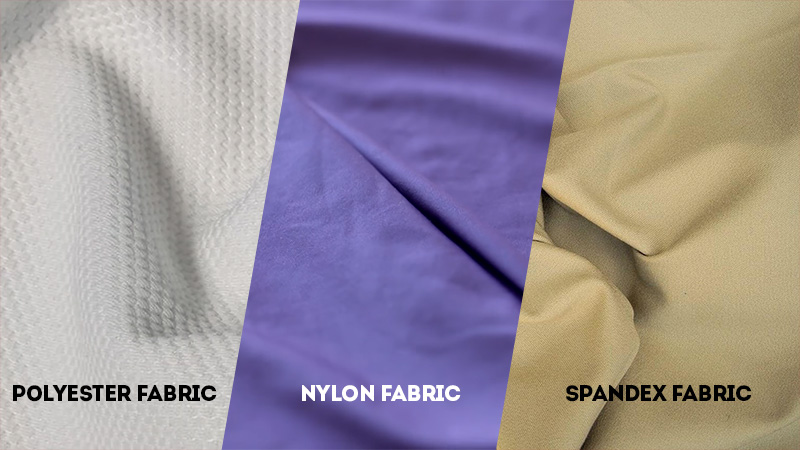
3. Natural Fibers (Cotton, Bamboo): While less common in performance swimwear, natural fibers are sometimes used in casual beachwear. They offer excellent breathability but tend to absorb more water, making them heavier and slower to dry. They're also generally less durable when exposed to pool chemicals and saltwater.
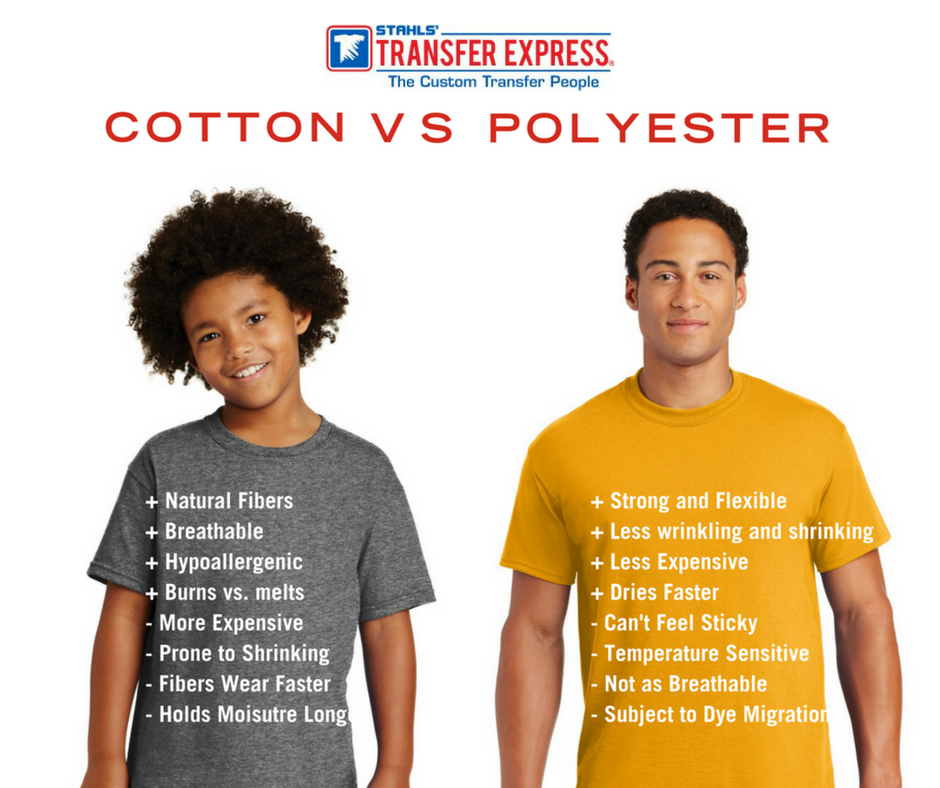
4. Neoprene: Commonly used in wetsuits, neoprene provides excellent insulation and buoyancy. It's ideal for cold water swimming but can be too warm for regular pool or beach use.
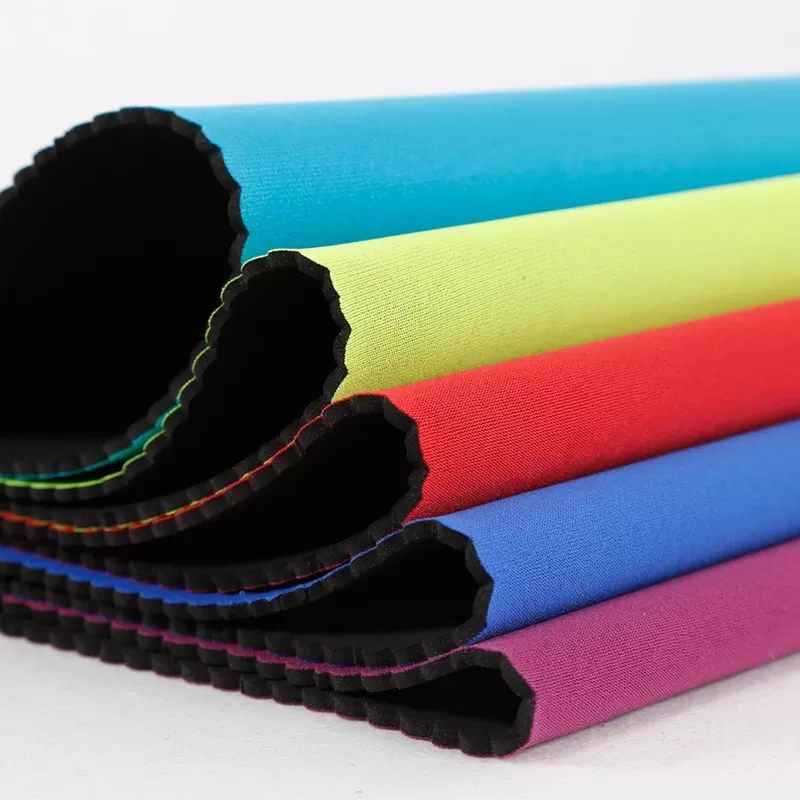
Polyester in Competitive Swimming
In the world of competitive swimming, polyester has become a favored material for several reasons:
1. Performance Enhancement: The fabric's low water absorption and smooth surface can help reduce drag in the water, potentially improving swim times.
2. Durability Under Intense Use: Competitive swimmers often train for hours daily, and polyester swimsuits can withstand this frequent use better than many alternatives.
3. Consistent Fit: The shape retention properties of polyester ensure that the swimsuit maintains its form-fitting shape, crucial for reducing water resistance during races.
4. FINA Approval: Many polyester swimsuits meet the regulations set by FINA (Fédération Internationale de Natation), the international governing body of swimming, making them suitable for competition at various levels.
Innovations in Polyester Swimwear
The swimwear industry continues to innovate, addressing some of the drawbacks of traditional polyester:
1. Blended Fabrics: Manufacturers are creating blends of polyester with other materials like spandex to enhance stretch and comfort while maintaining durability.
2. Recycled Polyester: To address environmental concerns, some brands are using recycled polyester made from post-consumer plastic bottles, reducing the reliance on new petroleum-based materials.
3. Improved Textures: Advancements in textile technology have led to polyester fabrics with improved feel and breathability, addressing some of the comfort issues associated with traditional polyester.
4. UV Protection: Many modern polyester swimsuits now incorporate UV-protective properties, offering an additional layer of sun protection for swimmers.
5. Antimicrobial Treatments: Some manufacturers are applying antimicrobial treatments to polyester swimwear to combat odor retention and improve hygiene.
Conclusion: Are Polyester Swimsuits Good?
After a comprehensive analysis, it's clear that polyester swimsuits offer numerous advantages that make them a good choice for many swimmers. Their durability, chlorine resistance, quick-drying properties, and ability to retain shape and color make them particularly well-suited for frequent swimmers and those who prioritize longevity in their swimwear.
However, like any material, polyester is not without its drawbacks. Concerns about breathability, environmental impact, and potential skin sensitivity issues are valid considerations. The suitability of polyester swimwear ultimately depends on individual needs, preferences, and intended use.
For competitive swimmers, lap swimmers, and those who frequently use chlorinated pools, the benefits of polyester often outweigh the drawbacks. The material's performance characteristics and durability make it an excellent choice for these scenarios.
Casual beachgoers and those with sensitive skin might want to consider their options carefully, possibly looking into blended fabrics or alternatives that offer more breathability for extended wear out of the water.
As the swimwear industry continues to innovate, addressing the drawbacks of polyester while enhancing its benefits, we can expect to see even more improved polyester swimsuit options in the future. The key is to consider your specific needs, the intended use of the swimsuit, and your personal preferences when making a choice.
Ultimately, polyester swimsuits have earned their popularity for good reasons. They offer a combination of performance, durability, and value that suits a wide range of swimmers. By understanding both the advantages and limitations of polyester swimwear, you can make an informed decision about whether it's the right choice for your swimming needs.
FAQ
Q: How long do polyester swimsuits typically last?
A: With proper care, a good quality polyester swimsuit can last anywhere from 6 months to 2 years of regular use. Factors like frequency of use, exposure to chlorine, and care practices can affect longevity.
Q: Are polyester swimsuits suitable for sensitive skin?
A: While many people find polyester swimsuits comfortable, those with very sensitive skin might experience irritation. It's best to try on the swimsuit and perhaps wear it for a short period before committing to extended use if you have skin sensitivities.
Q: How do I prevent my polyester swimsuit from fading?
A: To minimize fading, rinse your swimsuit in cold water immediately after use, especially after exposure to chlorine or saltwater. Avoid direct sunlight when drying, and wash with a mild detergent designed for delicate fabrics.
Q: Can polyester swimsuits be used for both pool and beach swimming?
A: Yes, polyester swimsuits are suitable for both pool and beach use. They resist chlorine damage and saltwater, making them versatile for various swimming environments.
Q: Are polyester swimsuits environmentally friendly?
A: Traditional polyester is not considered environmentally friendly as it's derived from petroleum and doesn't biodegrade easily. However, many brands now offer swimsuits made from recycled polyester, which is a more eco-friendly option. Additionally, the durability of polyester means fewer replacements, potentially reducing overall consumption.








































